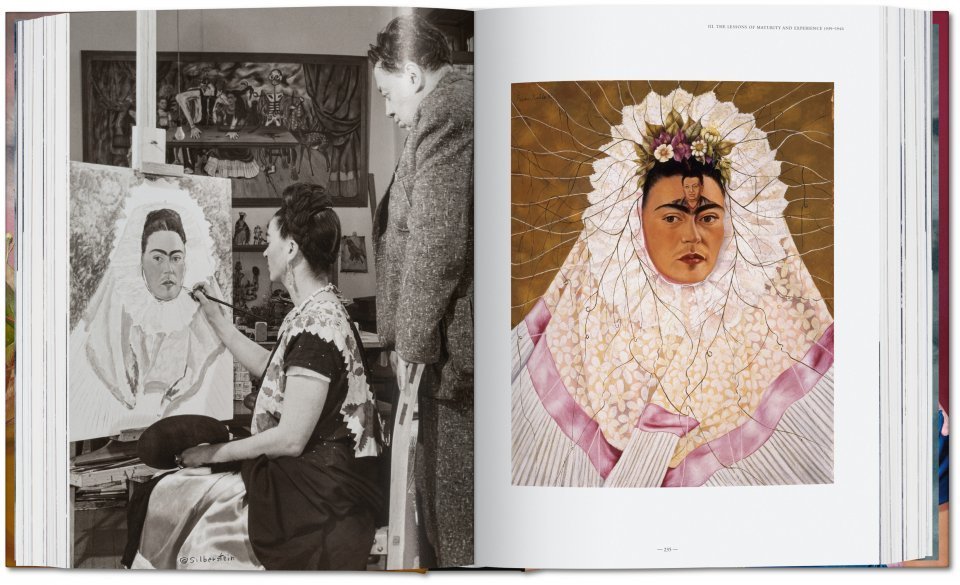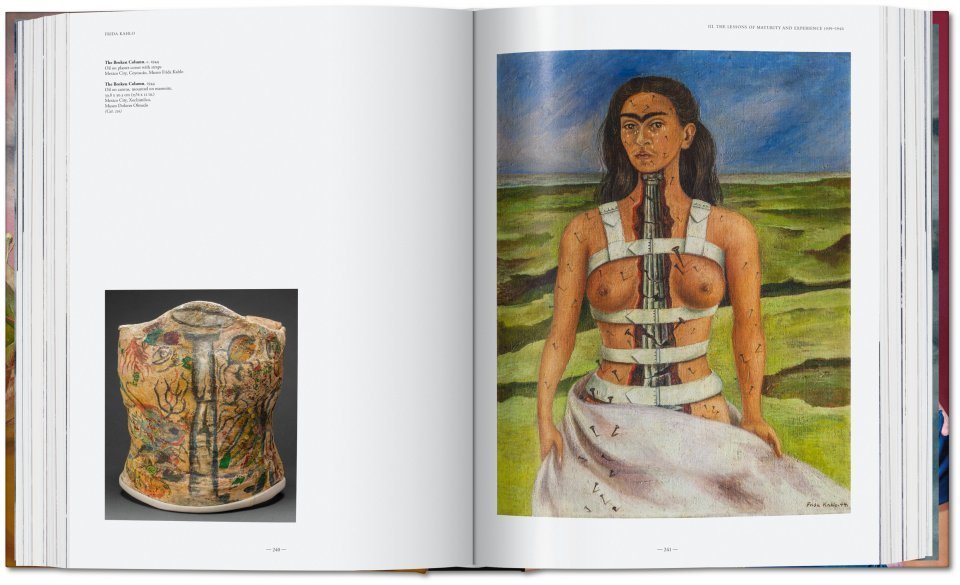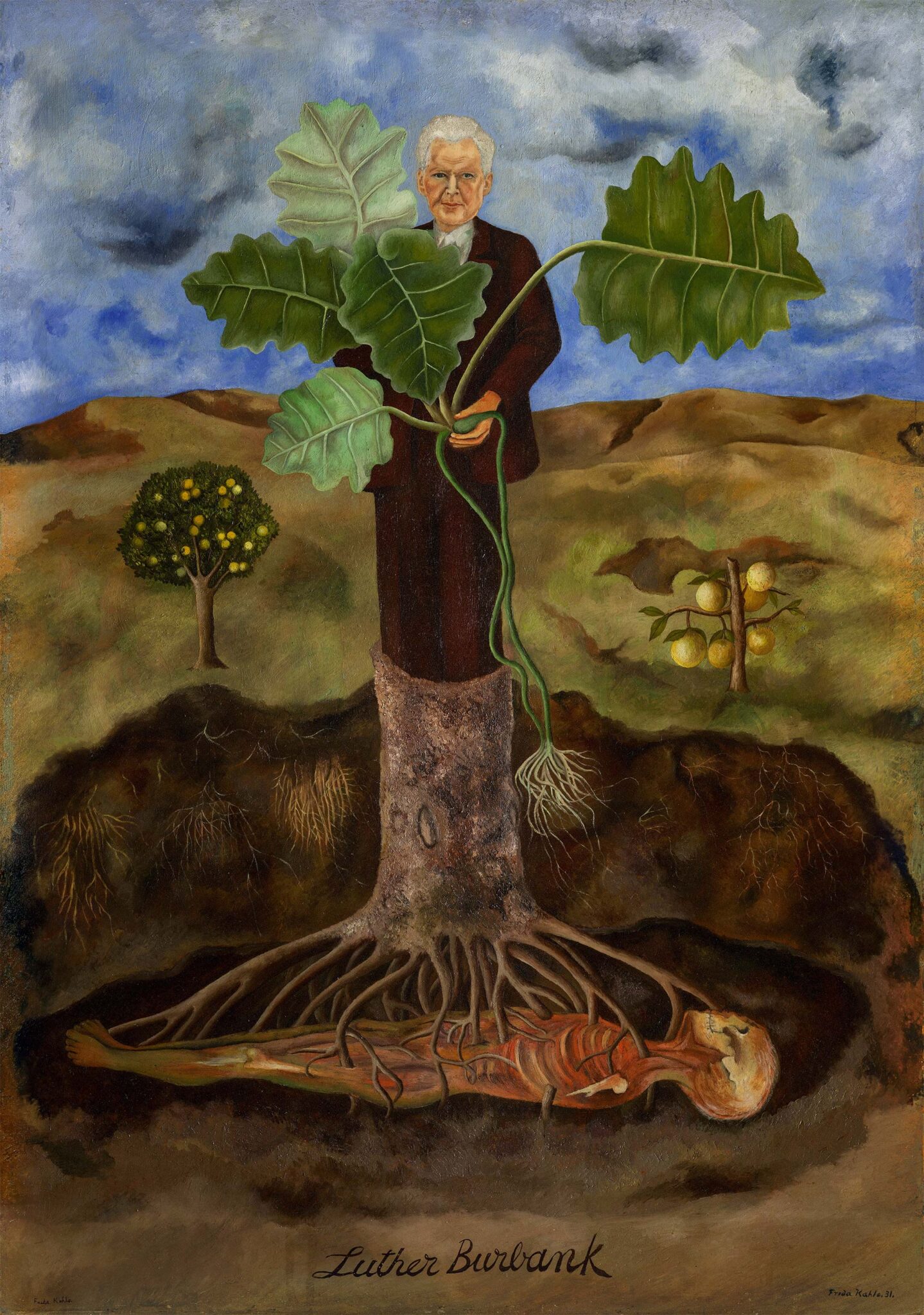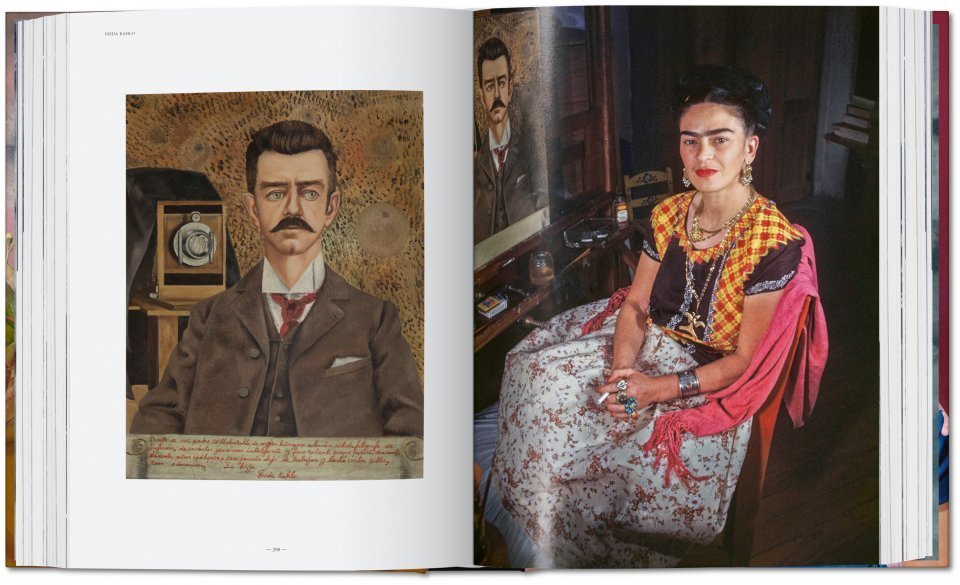[Most Recent Entries] [Calendar View]
Tuesday, July 27th, 2021
| Time | Event |
| 11:00a | The Making of a Violin from Start to Finish: Watch a French Luthier Practice a Time-Honored Craft Two families have been credited with making the greatest violins of the classical period: the Stradivari and the Guarneri. The first luthiers with those names were trained in the workshops of the Amati family, whose patriarch, Andrea, founded a legacy in Cremona in the mid 1500s when he gave the violin the form we know today, inventing f-holes and perfecting the general shape and size of the instrument and others in its family. But there’s far more to the story of the violin than its famous Italian maker names suggest, though these still stand for the height of quality and prestige. Violin-making centers arose elsewhere in Europe soon after the Stradivari and Guarneri set up shop. In France, the town of Mirecourt became “synonymous with French violins and the craft,” notes Corilon violins.
Famous Mirecourt makers included Nicolas Lupot, called “the French Stradivarius.” The primary influence came from Cremona, but “important technical insights were adapted from German violin making.” The city entered a new phase when Didier Nicolas became the first to manufacture violins serially in Mirecourt at the turn of the 19th century. His factory “employed some 600 people, making his business the first large-scale operation of its kind in the tradition-rich town in northern Frances Vosges mountains,” and inaugurating an industrial period that would last until the late 1960s. The post-industrial late-20th century saw the collapse of Mirecourt’s great violin-making companies, but not the end of the city’s fame as France’s violin-making center, thanks in great part to Nicolas’ founding of L’École Nationale de Lutherie, “where excellent masters and violin makers keep the time-honored art alive and dynamic.” The city’s “guild heritage” lives on in the work of contemporary makers like Dominique Nicosia. A master luthier and instructor at the school in Mirecourt, Nicosia shows us in the video at the top the time-honored techniques employed in the making of violins in France for hundreds of years, using metal tools he also makes himself. Watch the tradition come alive, learn more about the famous violin-making city, which remains the bow-making capital of the world here, and see Nicosia pass his skills and knowledge to a new generation in the video above from L’École Nationale de Lutherie. Related Content: Why Violins Have F-Holes: The Science & History of a Remarkable Renaissance Design Behold the “3Dvarius,” the World’s First 3-D Printed Violin Josh Jones is a writer and musician based in Durham, NC. Follow him at @jdmagness. The Making of a Violin from Start to Finish: Watch a French Luthier Practice a Time-Honored Craft is a post from: Open Culture. Follow us on Facebook and Twitter, or get our Daily Email. And don't miss our big collections of Free Online Courses, Free Online Movies, Free eBooks, Free Audio Books, Free Foreign Language Lessons, and MOOCs. |
| 2:00p | How ABBA Won Eurovision and Became International Pop Stars (1974) Eurovision, the flashy original song contest that captivates Europeans, tends to get roundly mocked in the U.S., where we choose our stars by having them sing other people’s songs on TV in ridiculous costumes. Nonetheless, Americans have fallen in love with many a contest winner, and that’s no more true than in the case of ABBA, the Swedish pop-disco juggernaut who broke through to international stardom when they won in 1974 with “Waterloo,” chosen twice as the greatest song in the competition’s history. The two couples — Agnetha Fältskog and Björn Ulvaus; Benny Andersson and Anni-Frid Lyngstad — first formed as Festfolket (“Party People”) in 1970, and Ulvaus and Andersson began submitting songs to Swedish national contest Melodifestivalen. In 1973, they submitted “Ring Ring,” finally placed third, then released an album called Ring Ring as Björn & Benny, Agnetha & Frida. They had taken on a new glam rock look and sound, and the album was a hit in parts of Europe and South Africa, but didn’t break the UK and US charts. It was time for another name change, an anagram formed from the first letters of their first names. (They were obliged to ask permission from a local fish cannery called Abba, who agreed on condition the band didn’t make the canners “feel ashamed for what you’re doing.”) The name, producer Stig Anderson thought, would translate internationally, and the band would sing in English for their next single, the song that would launch their rapid ascent into seemingly eternal relevance. How did “Waterloo” not only break ABBA into stardom but also “reinvent pop music” as we know it? As the Polyphonic video at the top explains, it did far more than raise the bar for every Eurovision performance since. ABBA brought glam, glitter, and theatrical bombast into pop, using Phil Spector’s “wall of sound” studio techniques to coax an enormous, enveloping sound from their vocal harmonies, guitars, pianos, horns, drums, etc., and taking heavy inspiration from English band Wizzard’s song “See My Baby Jive,” while “pulling back on the rock” and leaning into cleaner, more dance-floor-friendly production. ABBA wisely put Agnetha and Anni-Frid’s vocal harmonies in the center, and they took a decidedly quirky turn from glam rock’s love of sleazy come-ons and songs about aliens. Originally called “Honey Pie,” the band’s breakout hit became “Waterloo” when Stig Anderson turned it into an odd reference to Napoleon’s surrender, “such a novel conceit for a song that it’s hard to forget.” ABBA continued this tradition in short story-songs like “Fernando,” first written with different lyrics in Swedish for Lyngstad, then rewritten in English by Ulvaeus as a tale about two old campaigners from the Mexican-American War. Smart songwriting, catchy hooks, impeccable vocal harmonies, and flashy beauty — once the world saw and heard ABBA, few could resist them. But it took their uniquely theatrical (at the time) Eurovision performance to break them out, as Ulvaeus says. “We knew that the Eurovision Song Contest was the only route for a Swedish group to make it outside Sweden.” The win was huge, but the contest was a means to an end. True validation came with hit after hit, as ABBA proved themselves indispensable to wedding dance floors everywhere and “completely transformed what it meant to be a pop star.” See their original Eurovision performance of “Waterloo” just above. Related Content: Listen to ABBA’s “Dancing Queen” Played on a 1914 Fairground Organ This Man Flew to Japan to Sing ABBA’s “Mamma Mia” in a Big Cold River Josh Jones is a writer and musician based in Durham, NC. Follow him at @jdmagness How ABBA Won Eurovision and Became International Pop Stars (1974) is a post from: Open Culture. Follow us on Facebook and Twitter, or get our Daily Email. And don't miss our big collections of Free Online Courses, Free Online Movies, Free eBooks, Free Audio Books, Free Foreign Language Lessons, and MOOCs. |
| 7:00p | Frida Kahlo: The Complete Paintings Collects the Painter’s Entire Body of Work in a 600-Page, Large-Format Book
Most of us who know Frida Kahlo’s work know her self-portraits. But, in her brief 47 years, she created a more various body of work: portraits of others, still lifes, and difficult-to-categorize visions that still, 67 years after her death, feel drawn straight from the wild currents of her imagination. (Not to mention her elaborately illustrated diary, previously featured here on Open Culture.) Somehow, Kahlo’s work has never all been gathered in one place. That, along with her enduring appeal as both an artist and a historical figure, surely made her an appealing proposition for art-book publisher Taschen, an operation as invested in visual richness as it is in completeness.
There’s also the matter of size. Though not conceived at the same scale as the murals of Diego Rivera, with whom Kahlo lived in not one but two less-than-conventional marriages, Kahlo’s paintings look best when seen at their biggest. Hence Taschen’s “large-format XXL” production of Frida Kahlo: The Complete Paintings, which “allows readers to admire Frida Kahlo’s paintings like never before, including unprecedented detail shots and famous photographs.” Presented along with a biographical essay, those photos capture, among other subjects, “Frida, Diego, and the Casa Azul, Frida’s home and the center of her universe.”
In creating his volume, editor-author Luis-Martín Lozano and contributors Andrea Kettenmann and Marina Vázquez Ramos focused not on the artist’s life, but her work. “Most people at exhibitions, they’re interested in her personality — who she is, how she dressed, who does she go to bed with, her lovers, her story,” says Lozano in an interview with BBC Culture. Putting together a run-of-the-mill Kahlo book, “you repeat the same things, and it will sell – because everything about Kahlo sells. It’s unfortunate to say, but she’s become a merchandise.” Frida Kahlo: The Complete Paintings is also, of course, a product, and one painstakingly designed to compel the Frida Kahlo enthusiast. Its ideal reader, however, desires to live in not Kahlo’s world, but the world she created.
via Colossal Note: Taschen is a partner of ours. So if you purchase a book, it helps support Open Culture. Related Content: Frida Kahlo: The Life of an Artist The Intimacy of Frida Kahlo’s Self-Portraits: A Video Essay Take a Virtual Tour of Frida Kahlo’s Blue House Free Online A Brief Animated Introduction to the Life and Work of Frida Kahlo Based in Seoul, Colin Marshall writes and broadcasts on cities, language, and culture. His projects include the Substack newsletter Books on Cities, the book The Stateless City: a Walk through 21st-Century Los Angeles and the video series The City in Cinema. Follow him on Twitter at @colinmarshall or on Facebook. Frida Kahlo: The Complete Paintings Collects the Painter’s Entire Body of Work in a 600-Page, Large-Format Book is a post from: Open Culture. Follow us on Facebook and Twitter, or get our Daily Email. And don't miss our big collections of Free Online Courses, Free Online Movies, Free eBooks, Free Audio Books, Free Foreign Language Lessons, and MOOCs. |
| << Previous Day |
2021/07/27 [Calendar] |
Next Day >> |









